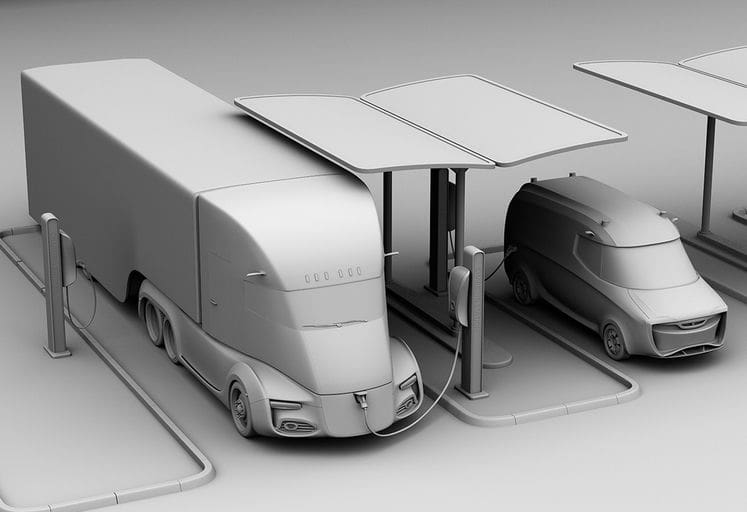
- GNA Insight
Tips to Consider When Writing a Community Benefits Plan
February 27, 2024
Source: ACT News
The Biden-Harris Administration have championed the full and fair participation of underserved communities through investments in clean energy, manufacturing and infrastructure as part of the President’s Investing in America agenda. The administration aims to deploy clean energy across the U.S. and ensure a just and equitable future by focusing on the impacts and benefits that projects, programs, and infrastructure have on local communities and stakeholders. To address gaps in data collection, the U.S. Department of Energy (DOE) implemented an agency wide Bipartisan Infrastructure Law (BIL) Funding Opportunity Announcements (FOA) template for BIL and Inflation Reduction Act actions to further the Administration’s goals to advance equity, provide support for disadvantaged communities, and leverage federal resources to achieve these objectives.
The FOA template now includes a new, extensive, lengthy and detailed Community Benefits Plan (CBP) requirement, which outlines and demonstrates how the project will create high-quality and long-term jobs, spur economic development, and provide other direct benefits to the community, including ownership participation and local electrification. CBPs promote broadly shared prosperity in the clean energy transition, reduce project risk and build public support and trust for first of a kind clean energy technologies and projects. The ultimate purpose of CBPs is to convey that the clean energy projects and work we are doing has engagement, equity, accessibility, diversity, inclusion, economic and workforce development efforts, positive impact and benefits on the communities, residents, and workers we represent and serve.
CBPs are scored at 20 percent of the overall technical merit review of proposals. CBPs have a 25-page maximum, and milestones and workplan should be incorporated into the overall project’s schedule, phases, budget, resource summary, metrics collections, and outcomes.
Applicants are required to comprehensively describe the approach to be taken with addressing four priority components that make the Community Benefits Plan and encouraged to complete each portion of the CBP to the greatest extent possible, covering every project site proposed:
- Engaging community and labor.
- Investing in America’s workforce.
- Advancing diversity, equity, inclusion, and accessibility (DEIA) through recruitment and training.
- Implementing Justice 40 Initiative, which directs 40% of the overall benefits of certain Federal investments to flow to disadvantaged communities (DAC)
Successful CBPs will incorporate the following important elements:
The community and labor engagement section should describe the applicant’s previous and ongoing plans to engage with community stakeholders in all impacted communities including Tribes, local governments, non-profit and community-based organizations, labor unions and workforce organizations. The objective of the engagement plan is to conduct meaningful community and labor engagement, incorporate input and priorities from stakeholders and impacted groups into the project and ensure that engagement will impact project decisions and support transparency and accountability.



